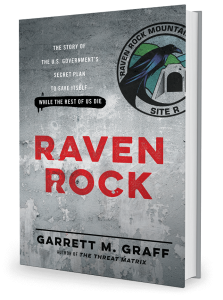Below is the text of my monthly “Editor’s Letter” in the new issue of Washingtonian.
—-
This fall, a few days after the government shutdown ended, I spent a Sunday afternoon at the National Zoo with friends and their children. As we watched Kandula, the 12-year-old Asian elephant, play in the dirt, a zookeeper stopped to speak with us, animatedly and at length, about the elephants, their characteristics, and their behavior. We learned, for instance, that unlike walruses and African elephants, many Asian elephants lack tusks. She also explained the plan to expand the herd: A trio of elephants from Calgary will join Kandula and the zoo’s three other elephants this spring. It was clear the zookeeper loved her work—it wasn’t just a job, something to turn on at 9 and off at 5. The animals were a passion she embraced. I walked away thinking how wonderful it is that Washington attracts so many who are able to do what they love.
Since its earliest days, Washington has been focused on work. It wasn’t a natural place for settlement, given to good weather or geographic features that made it a hub for commerce. The Founders instead carved the city from the wilderness with a specific purpose: housing those with a passion to govern the new nation. Ever since, it has attracted people brimming with ambition to change the world. It’s that energy that makes our workforce stand apart. Whereas other cities like New York and London—grand enclaves of capitalism—might focus on the world of business, Washington’s professional culture stands apart in its emphasis on the work itself, the relationship between employees and their daily responsibilities.
Our local workers often seek to marry their personal enthusiasms with their professional choices—resulting in a culture uniquely focused on how its residents make a living: After all, the opening question at most Washington cocktail parties or happy hours is “And what do you do?”
The answer is more varied and complicated than ever before. Last month, we wrote about how the area’s roads remained congested through the government shutdown because the employment picture has shifted since the last shutdown, in 1996. Fewer Washingtonians today have a tie to either the government or to downtown DC, ensuring that commutes remained strenuous even as the capital’s founding industry hibernated.
This issue’s “50 Great Places to Work” section further showcases the changing nature of Washington’s employment world: There’s now a wider array of companies than ever, many of them in fields far removed from government, the military, or international development. Today’s new hires are as likely to end up at a Maryland bioresearch company or a Northern Virginia tech start-up as they are to be a GS-9 at the Department of Commerce. Our list includes brand-name local companies, such as the real-estate firm JBG, as well as smaller ones like Vion, an IT company in Herndon. The employers we highlight share a remarkable dedication to seeing that their staffs find their time at work exciting and to developing creative benefits and work cultures that provide a fulfilling place for employees to spend the bulk of their daylight hours.
Yet even as the region evolves, in both demographics and employment, the ambitions and motivations of so many Washington workers, up and down the ladder, remain idealistic. For example, Luisita Lopez Torregrosa’s article on page 80 examines the area’s rising number of Hispanic and Latino leaders, a generation establishing itself as a real force in a capital city that looks more and more international each year. They, like so many Washington workers before them, are trying to create change and pursue what they believe in. If along the way they can make a good living, that’s a bonus—but none of these people look at their jobs as merely a means to an end. That’s an outlook many Washington workers would understand.



Recent Comments